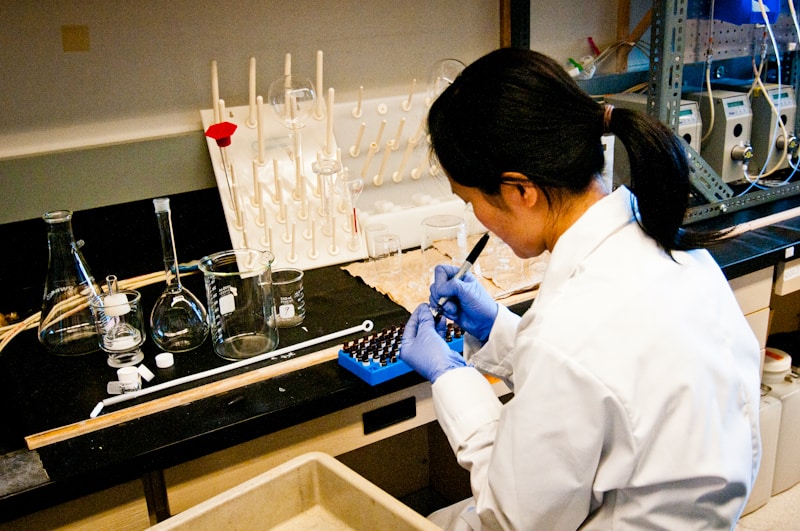University of Toronto Engineering researchers have developed a new “organ-on-a-chip” technology, a scaffold called AngioChip that can grow realistic human tissue outside of the body and be used to test and discover new drugs.
AngioChip, the product of years of research by Professor Milicia Radisic, graduate student Boyang Zhang, and their team of collaborators, is hoped to fix or replace damaged organs in the future.
AngioChip operates just like a vasculature in a human body and contains a lattice around it where other cells attach and grow. AngioChip is especially ground-breaking because it creates cells and tissues closer in resemblance to those found in the human body than those produced in a flat petri dish, thanks to its three dimensional structure and artificial blood vessels.
POMaC, a biodegrable and biocompatible polymer, was used by Zhang to make the scaffold that the individual cells grow on. “This polymer is easy to synthesize and it is cross-linkable with UV light which is what made our fabrication method (3-D stamping) feasible,” said Zhang.
The scaffold is composed of stacked layers that form a three dimensional structure of artificial blood vessels. UV light is used to cross-link the polymer and connect it to the layer below it. These layers have channels, with diameters close to that of a human hair, that function as artificial blood vessels. The design was so seamless that, when AngioChips were implanted in rats, their blood moved naturally through the synthetic vessels without any concerns, such as clotting, to speak of.
Upon the completion of the structure, the researchers filled the chip with living cells that stuck to the channels and started to grow, just as they would in a human body.
The platform was used to create functioning artificial heart and liver tissue. The liver could actually generate urea and metabolize drugs, and when the scaffold was filled with heart cells, it contracted like real heart tissue, complete with a steady rhythm. The blood vessels of the two synthetic organs can be connected and used to show the interactions between them. For instance, white blood cells were injected into the vessel, where they moved through gaps in the vessel wall toward the tissue on the opposite side, just as would be expected in a human body.
“It is a new platform that shows a lot of potential,” Zhang said of AngioChip. “I think the more immediate impact will be in drug discovery. But it is also a very competitive field with a variety of platform[s] out there.”
AngioChip could be used to test the harmful side effects of drugs before they hit the market, thus reducing their risk to humans. Additionally, AngioChip could test out current drugs on the market for effectiveness or discover new drugs by screening collections of chemical compounds.
The AngioChip-grown human tissues could also be used to test drugs or products in place of using controversial and expensive animal testing or controlled clinical trials. Although cultures of human cells from two-dimensional petri dishes have been used for testing in the past, AngioChip cells would be especially useful since they exhibit more of the functions of real human cells.
AngioChip’s most ambitious application is probably using its artificial tissues to repair disease-damaged organs in the human body. The cells used to create the tissues could come from the patient himself, thus lessening the threat of organ rejection. This idea isn’t too far away: it has been proven that the artificial blood vessels of the AngioChip can connect to the circulatory system of a living animal. Plus, the scaffolding biodegrades after a few months thanks to its polymer composition.
The next step for the researchers is to find a more efficient way to manufacture the AngioChip, since they can currently only be made by hand.


